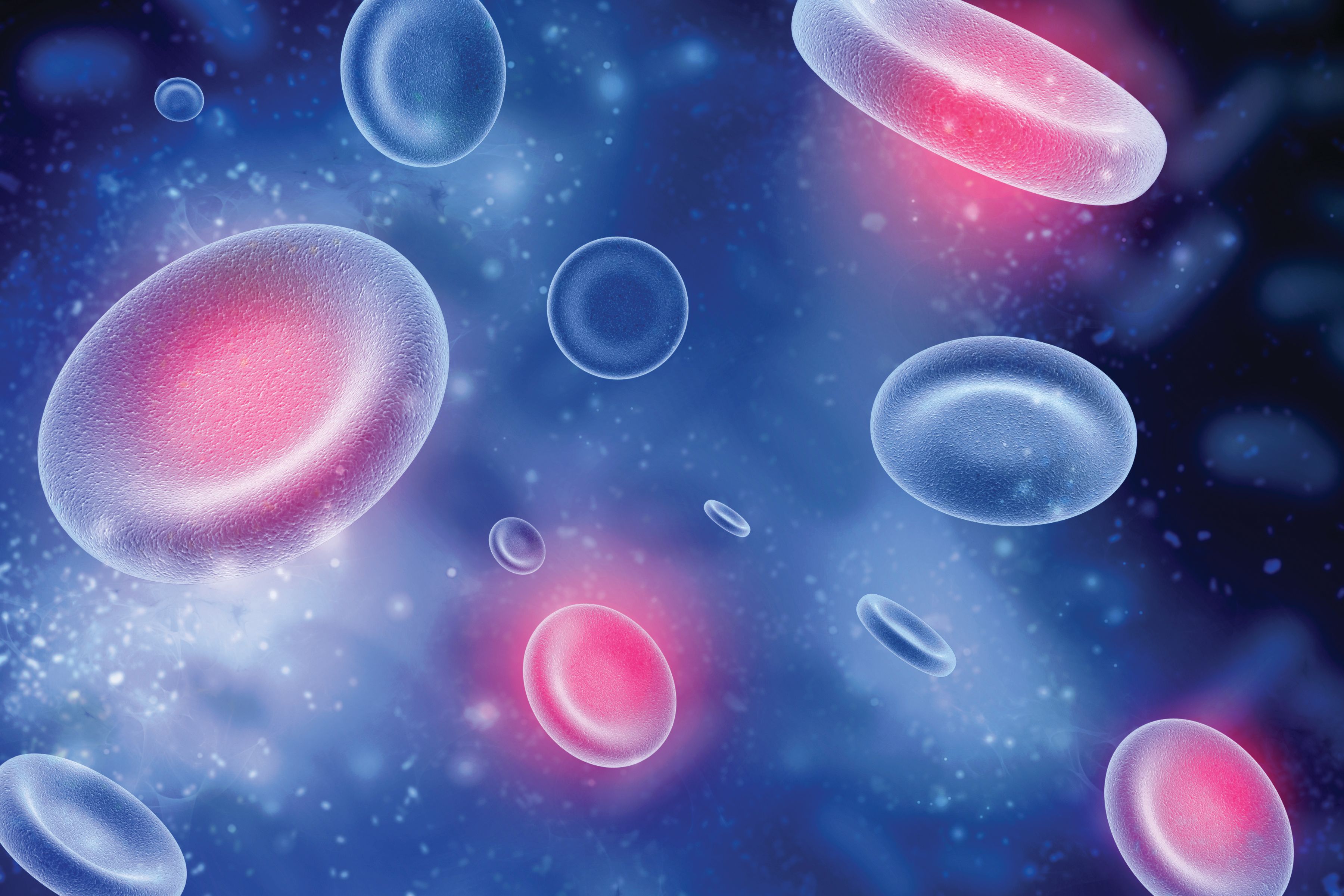Data Support Increased Subcutaneous Rituximab Use in Non-Hodgkin Lymphoma
Efficacy, safety, time, and cost were all factors assessed between subcutaneous and intravenous rituximab for patients with non-Hodgkin lymphoma.
"Our study highlights the importance of education and training to increase the utilization of subcutaneous rituximab in the context of non-Hodgkin lymphoma treatment,” according to Khaled Albakri, MS, a medical student at The Hashemite University in Jordan.

Subcutaneous rituximab (Rituxan) for patients with non-Hodgkin lymphoma provided similar efficacy and safety results as the intravenous form of the agent; however, research gaps on its utilization continue to exist, according to a systemic review and meta-analysis presented at the 2024 Society of Hematologic Oncology (SOHO) Annual Meeting.
Investigators did not find a statistically significant difference in subcutaneous or intravenous rituximab administration when assessing complete response (CR)/unconfirmed CR (CRu; odds ratio [OR], 1.21; 95% CI, 0.96-1.53), partial response (PR; OR, 0.87; 95% CI, 0.69-1.10), and overall response (OR, 1.11; 95% CI, 0.80-1.54).
“Our study highlights the importance of education and training to increase the utilization of subcutaneous rituximab in the context of non-Hodgkin lymphoma treatment,” Khaled Albakri, MS, a medical student at The Hashemite University in Jordan, said during the presentation.
The aim of the study was to assess the 2 routes of administration of rituximab, as well as compare efficacy, safety, cost, and time between the forms for patients with non-Hodgkin lymphoma. A comprehensive search of PubMed, Web of Science, Embase, SCOPUS, and Cochrane databases was conducted. Of note, the RevMan software was used for the statistical analysis.
At the May 20, 2024, cutoff, 1832 studies were identified.
Eligible studies in the analysis included patients with non-Hodgkin lymphoma who received subcutaneous or intravenous rituximab; assessed CR/CRu, PR, overall response, and safety, with administration, time, and cost analysis; and featured clinical and observational designs.After the identification and screening of studies, 7 studies were included in the review analysis.
Of the 7 studies, 1562 participants were included. The total CR events in all studies were 378 with 212 control events (heterogeneity: Chi2 = 1.90; df = 3 [P = .59]; I2 = 0%; test for overall effect: Z= 1.63; P = .10). For PR, total events were 315, and control events were 249 (heterogeneity: Chi2 = .106; df = 3 [P = .79]; I2 = 0%; test for overall effect: Z = 1.16; P = .25). Finally, for overall response, the total events were 693, and control events were 461 (heterogeneity: Chi2 = .99; df = 2 [P = .61]; I2 = 0%; test for overall effect: Z = .64; P = .52).
The analysis found there was no significant difference between either way of administration regarding grade 3 or higher adverse effects (AEs; OR, 1.04; 95% CI, 0.83-1.32) and any-grade AEs (OR, 0.90; 95% CI, 0.63-1.27). Of note, those given subcutaneous rituximab had a higher rate of administration-related events (OR, 1.69; 95% CI, 1.31-2.19).
In all studies, total grade 3 or higher AEs occurred in 373, while there were 262 control events (heterogeneity: Chi2 = 2.45; df = 3 [P = .48]; I2 = 0%; test for overall effect: Z = .36; P = .72). Regarding any-grade AEs, total events were 697, and control events were 494 (heterogeneity: Chi2 = 4.31; df = 3 [P = .23]; I2 = 30%; test for overall effect: Z = .61; P = .54). Administration-related AEs showed 251 total events and 138 control events (heterogeneity: Chi2 = 14.73; df = 3 [P = .002]; I2 = 80%; test for overall effect: Z = 4.03; P <.0001).
Lower total costs were observed in the subcutaneous rituximab group (mean difference [MD], –173.71; 95% CI, –195.04 to –152.39), as well as pharmacy technique cost (MD, –0.66; 95% CI, –1.03 to 0.29) and administration cost (MD, –85.61; 95% CI, –152.28 to –18.95). Additionally, subcutaneous administration had a lower total process time (MD, –48.91; 95% CI, –53.61 to –44.22).
For pharmacy technique cost, the heterogeneity was Chi2 = 66.95, df = 1 (P <.00001), I2 = 99%, and the test for overall effect was Z = 3.52 (P = .0004). Regarding administration cost, the heterogeneity was Chi2 = 0.00, df = 1 (P = .99), I2 = 0%, and test for overall effect was Z = 2.52 (P = .01).
For total cost, the heterogeneity was Chi2 = 33.49, df = 2 (P <.00001), I2 = 94%, and test for overall effect Z = 15.96 (P <.00001). Finally, the heterogeneity for total time was Chi2 = 112.23, df = 1 (P <.00001), I2 = 99%, and test for overall effect was Z = 20.43; P <.00001).
Albakri noted some limitations of the analysis, including a small number of included studies, the design of the included studies, and the heterogeneity of some results.
Reference
Albakri K, Khater B, Aldemerdash M, et al. Comparative efficacy, safety, and cost-effectiveness of subcutaneous versus intravenous rituximab in patients with non-Hodgkin lymphoma: a systemic review and meta-analysis. Presented at the 2024 Society of Hematologic Oncology, San Antonio, TX, September 4-7, 2024. Abstract IBCL-523.